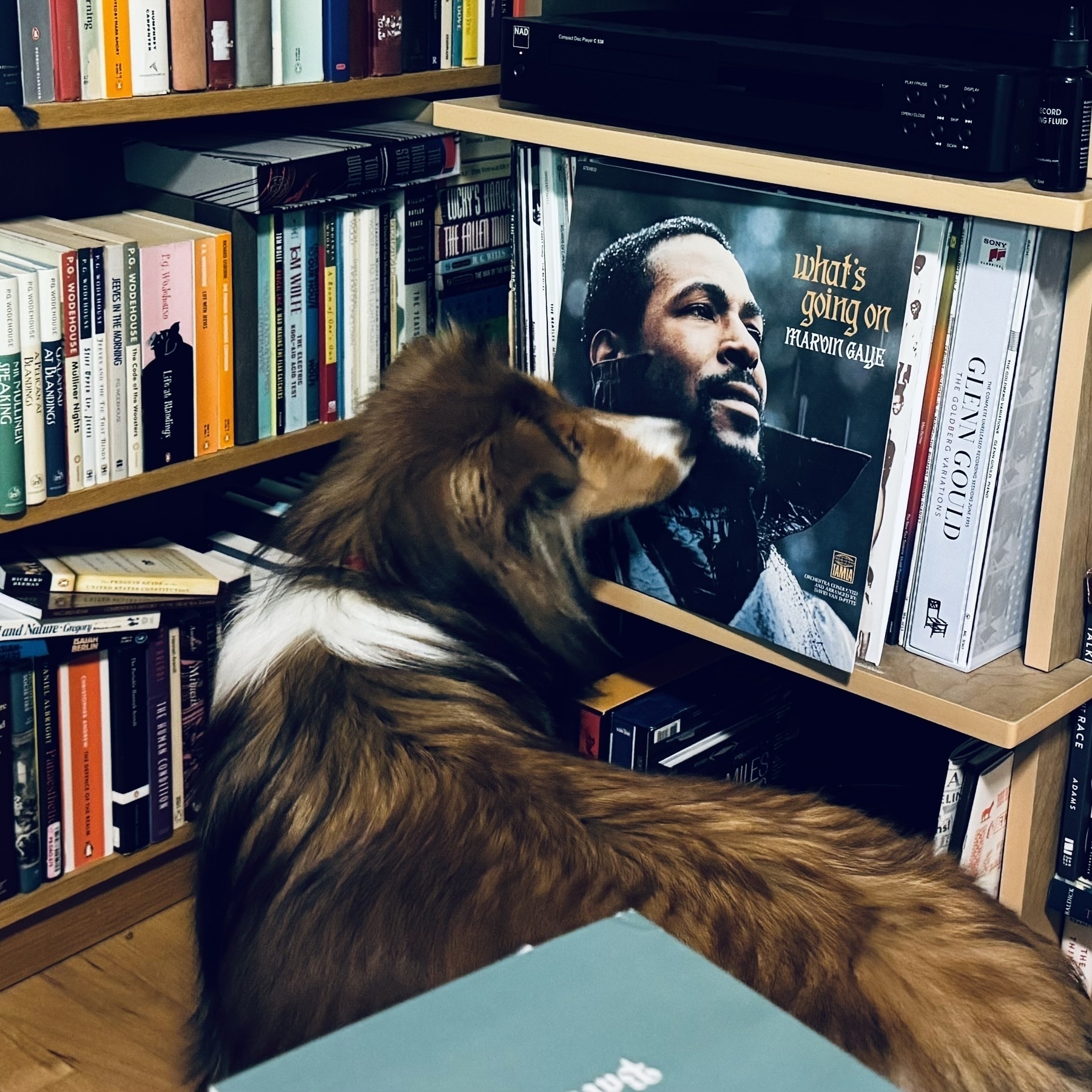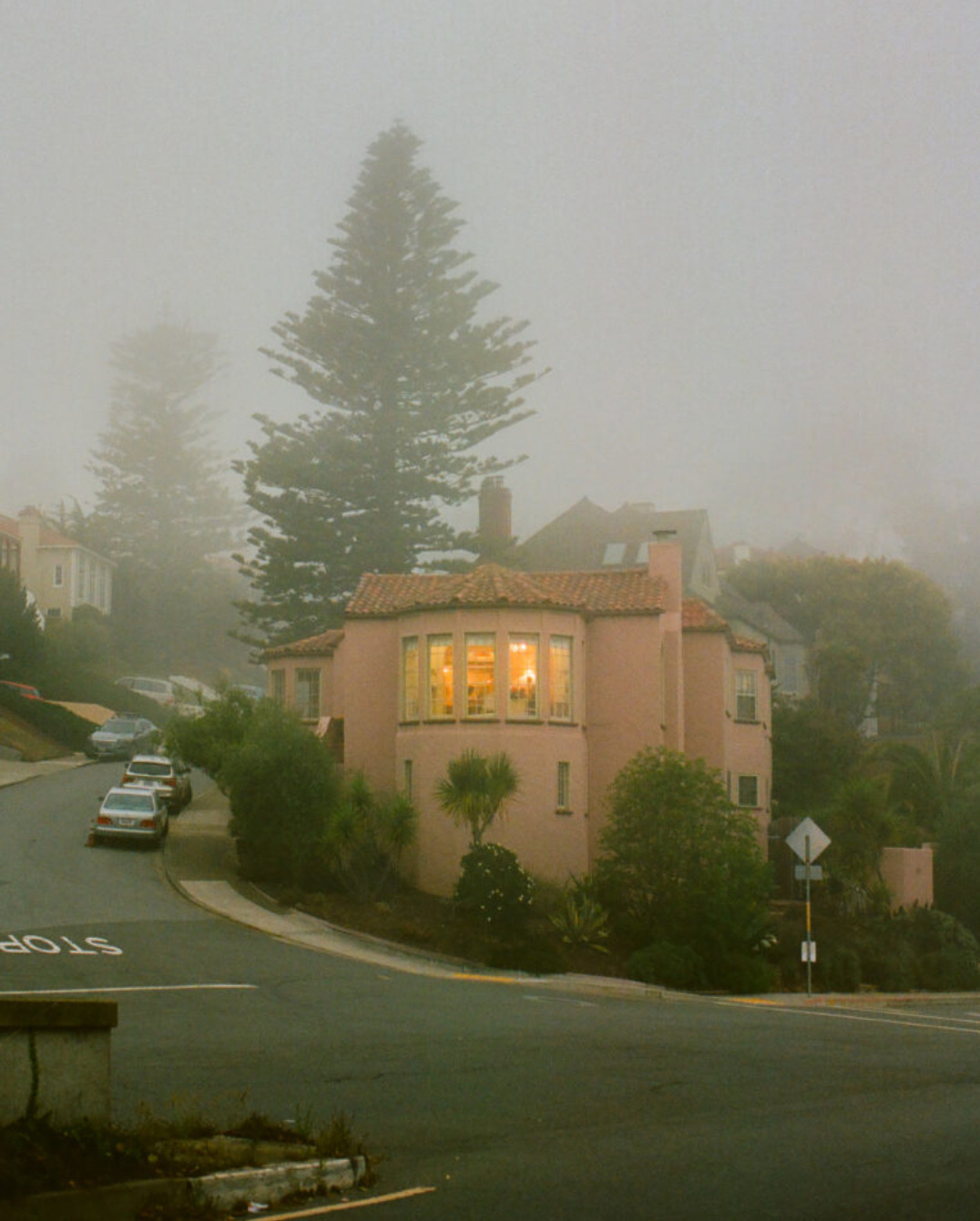I love how for the Times southern Ohio and western Nebraska are both (waves hand) “the Midwest.” How can two politicians offer such radically different “views” of (waves hand) the Midwest?

There are several annoying errors in this piece, but let me single out one: the claim that Tolkien wasn’t invited to Lewis’s wedding. No one was invited to a marriage that took place in Joy Davidman's hospital room because it was feared that she was near death. Lewis's brother Warnie and a nurse served as witnesses.

Part of the CBS Television Studio in New York (1978) from the Eyes of a Generation Viewseum
security
Since It’s All About Me, when I read this and this about new security features coming in Mac OS Sequoia, I couldn’t help thinking of my recent misadventures with my hosting provider, in which unannounced changes to their security procedures borked a workflow I had been using for a decade.
One of the chief things we learned in the Covid era was that there’s no arguing with people who do anything in the name of security and safety. Those terms are the ultimate conversation-stoppers. You’re not even allowed to ask whether the new politices and procedures actually do make us more safe and secure, much less ask what other goods should be considered when we’re implementing policies.
Well, one thing I know for sure: I won’t be installing Sequoia anytime soon.
Thanks to a bunch of people for kind and sympathetic words about my current technical issues. While I’m getting the ayjay.org domain sorted — I’m determined to figure out the details and not be in this situation again — I’ll continue to post here as usual, but with some longer posts also.
On the possible end of my big blog, and my difficulties in getting the help I need to keep it alive. I’m starting to think that I don’t have the knowledge base to keep writing on the open web.
Angus strangely interested in Marvin Gaye. Well, I guess it’s not that strange, considering how cool Marvin was.

bookshelves
Douglas Anderson, a Tolkien scholar, recently reported seeing one of his books on a shelf in a TV series. The eminent critic Michael Dirda replied:
More likely the books were bought en masse, without regard for titles and attention paid largely to their color and general look on the shelf. My friend Chuck Roberts, owner of Wonder Book and Video, has a strong business in selling books by the foot for movie and theatrical sets. — Still, sometimes thought does go into these background bookshelves. I remember Chuck once asking me to recommend titles for Hannibal Lecter’s library.
This comment prompts an excellent thought experiment: What would go on Hannibal Lecter’s shelves? One might extend this to other fictional figures, which might seem like a vast field of inquiry except that many fictional movie characters obviously don’t read books at all. Tony Stark, for instance, reads only technical manuals and tweets. So: which famous movie characters read? And what do they read?
Angus says hello!

I wrote about how modern identity was effectively created by the Great War.
My dear friend Charles Marsh’s book God’s Long Summer has just been re-released as a Princeton Classic. Charles tells the fascinating story of its writing here.
Department of Putting the Best Possible Spin on a Situation: high-jumper Gianmarco Tamberi of Italy, who lost his wedding ring in the Seine during the opening ceremonies of the Olympics, says, “It will remain forever in the city of love.” 💯
the state and the people
A few years ago I published an essay called “Miss Marple and the Problem of Modern Identity,” in which I described the rise of certain technologies by which people have become “legible” to the state. At that point I had not read a classic, though a somewhat controversial classic, of history, A. J. P. Taylor’s English History, 1914-1945. I am reading it right now, and when I saw the book’s first two paragraphs I thought, Damn, I wish I had known this when I wrote that essay. Here they are:
Until August 1914 a sensible, law-abiding Englishman could pass through life and hardly notice the existence of the state, beyond the post office and the policeman. He could live where he liked and as he liked. He had no official number or identity card. He could travel abroad or leave his country for ever without a passport or any sort of official permission. He could exchange his money for any other currency without restriction or limit. He could buy goods from any country in the world on the same terms as he bought goods at home. For that matter, a foreigner could spend his life in this country without permit and without informing the police. Unlike the countries of the European continent, the state did not require its citizens to perform military service. An Englishman could enlist, if he chose, in the regular army, the navy, or the territorials. He could also ignore, if he chose, the demands of national defence. Substantial householders were occasionally called on for jury service. Otherwise, only those helped the state who wished to do so. The Englishman paid taxes on a modest scale: nearly £200 million in 1913-14, or rather less than 8 per cent. of the national income. The state intervened to prevent the citizen from eating adulterated food or contracting certain infectious diseases. It imposed safety rules in factories, and prevented women, and adult males in some industries, from working excessive hours. The state saw to it that children received education up to the age of 13. Since I January 1909, it provided a meagre pension for the needy over the age of 70. Since 1911, it helped to insure certain classes of workers against sickness and unemployment. This tendency towards more state action was increasing. Expenditure on the social services had roughly doubled since the Liberals took office in 1905. Still, broadly speaking, the state acted only to help those who could not help themselves. It left the adult citizen alone.Highlighting mine. Of course it would be war that created the bureaucratic mechanisms of modern identity, for, as Randolph Bourne famously wrote, “War is the health of the state. It automatically sets in motion throughout society those irresistible forces for uniformity, for passionate cooperation with the government in coercing into obedience the minority groups and individuals which lack the larger herd sense.”All this was changed by the impact of the Great War. The mass of the people became, for the first time, active citizens. Their lives were shaped by orders from above; they were required to serve the state instead of pursuing exclusively their own affairs. Five million men entered the armed forces, many of them (though a minority) under compulsion. The Englishman’s food was limited, and its quality changed, by government order. His freedom of movement was restricted; his conditions of work prescribed. Some industries were reduced or closed, others artificially fostered. The publication of news was fettered. Street lights were dimmed. The sacred freedom of drinking was tampered with: licensed hours were cut down, and the beer watered by order. The very time on the clocks was changed. From 1916 onwards, every Englishman got up an hour earlier in summer than he would otherwise have done, thanks to an act of parliament. The state established a hold over its citizens which, though relaxed in peacetime, was never to be removed and which the second World war was again to increase. The history of the English state and of the English people merged for the first time.
I’m just making notes for later reflection here, but: The creation of this identity system led to a complex and ever-shifting pattern of relation between the state and modern capitalism. James Burnham, in his landmark book The Managerial Revolution, argued that the comprehensive power of the state would lead to the rise of a managerial class that would take power away from the capitalists. But it hasn’t really worked out that way, has it?
When I come back to these issues — which I will do eventually — I expect to say a little more about Bourne and Burnham, about George Orwell’s reviews of Burnham, and about anarchism. And maybe even about the Church.
The other day I sang the praises of USWNT defender Naomi Girma, whom I’ve been watching with delight this whole tournament. Turns out Emma Hayes agrees with me: “Look, she’s the best defender I’ve ever seen.” ⚽️
Whenever they cut to the beach volleyball at the Paris Olympics, I shout, “Sous les Pavés, la Plage!” (Explanation.)
David French’s interview with Justice Neil Gorsuch is great.

